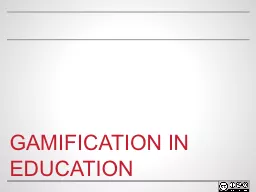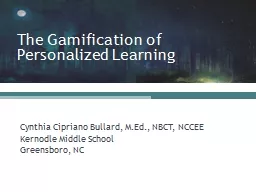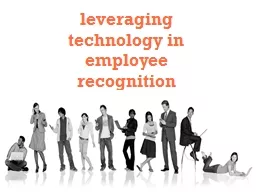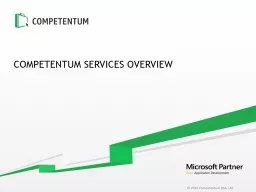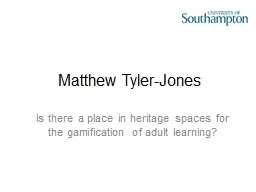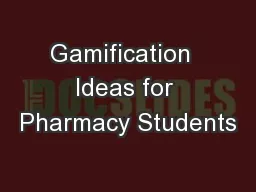PPT-Gamification in education
Author : liane-varnes | Published Date : 2017-08-29
Game time Welcome Facilitator name Position at university Contact info Learning outcomes By the end of this module you should be able to Explain what gamification
Presentation Embed Code
Download Presentation
Download Presentation The PPT/PDF document "Gamification in education" is the property of its rightful owner. Permission is granted to download and print the materials on this website for personal, non-commercial use only, and to display it on your personal computer provided you do not modify the materials and that you retain all copyright notices contained in the materials. By downloading content from our website, you accept the terms of this agreement.
Gamification in education: Transcript
Download Rules Of Document
"Gamification in education"The content belongs to its owner. You may download and print it for personal use, without modification, and keep all copyright notices. By downloading, you agree to these terms.
Related Documents

